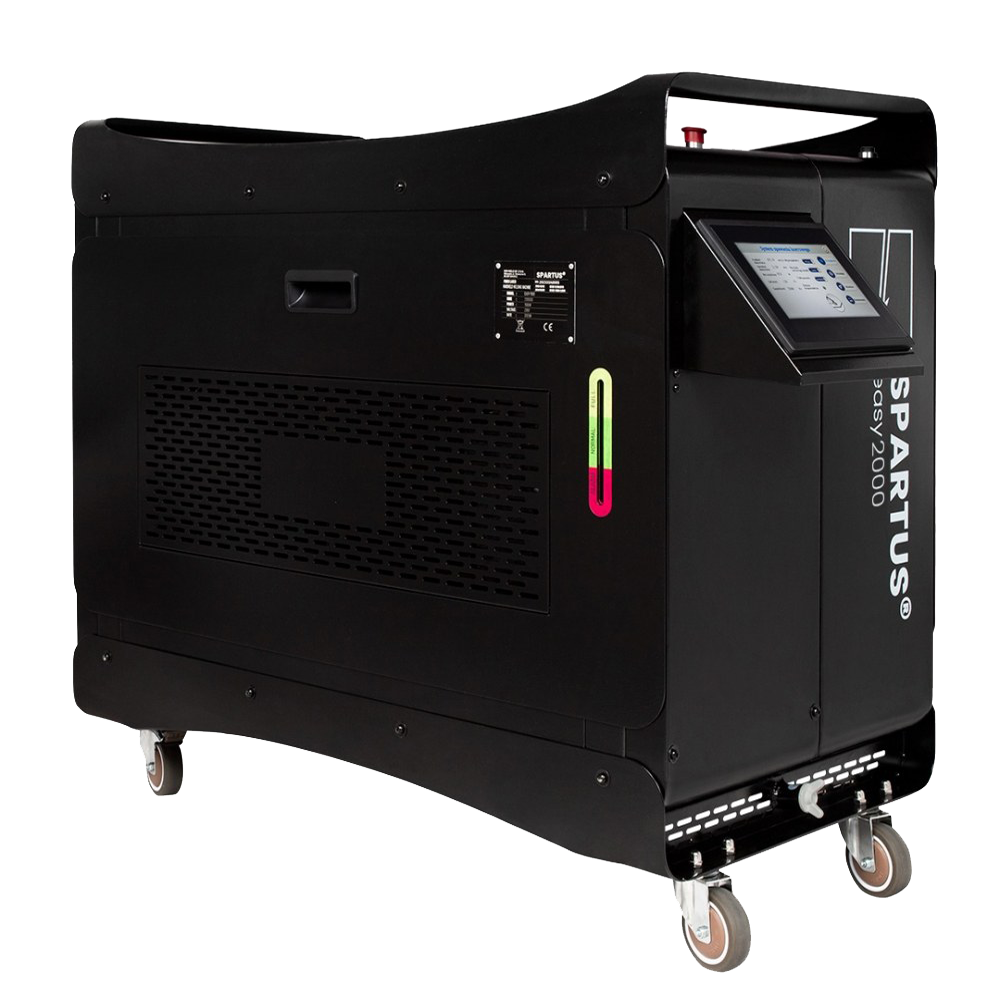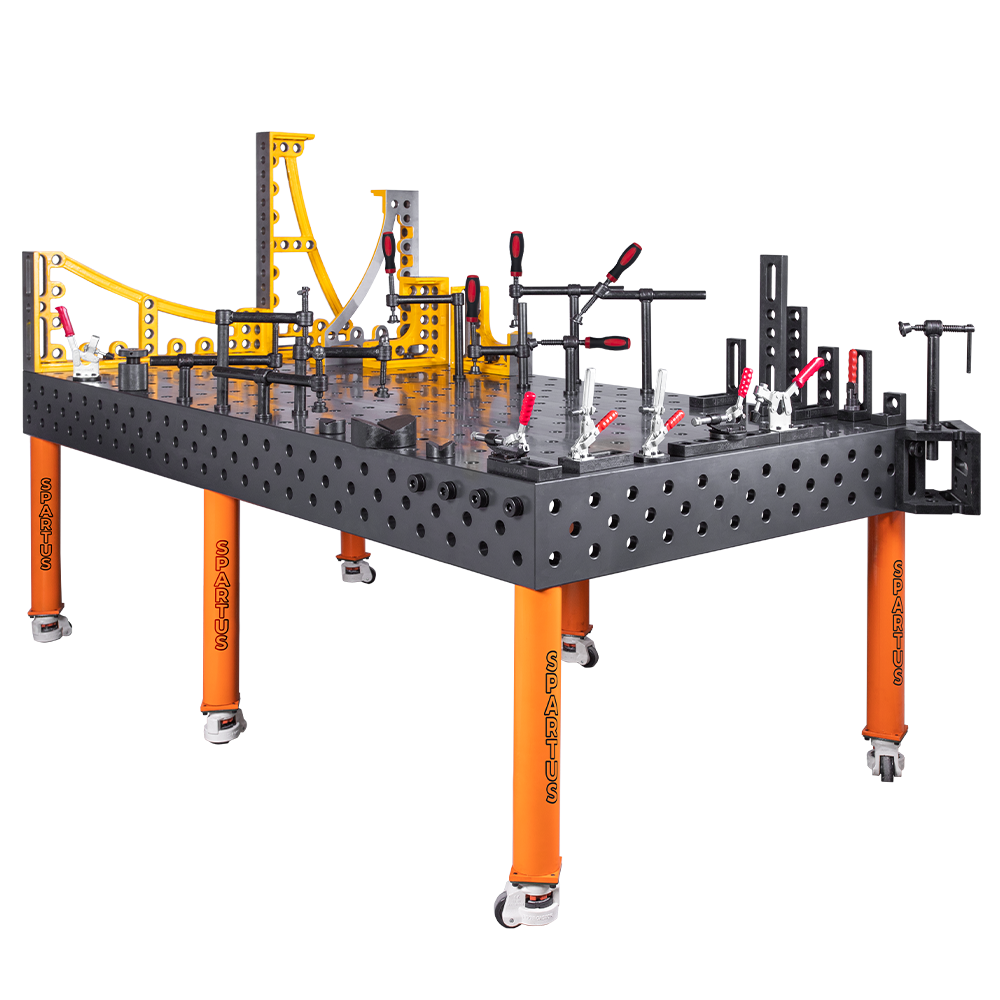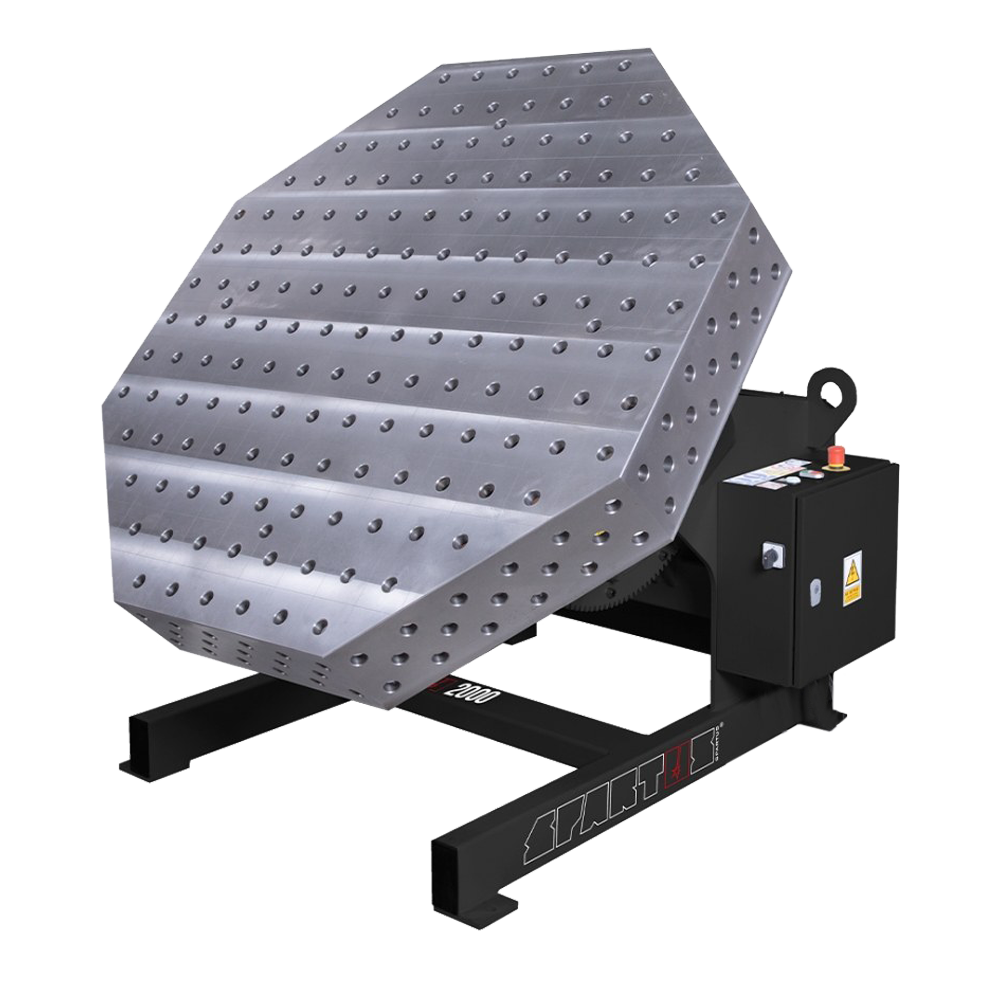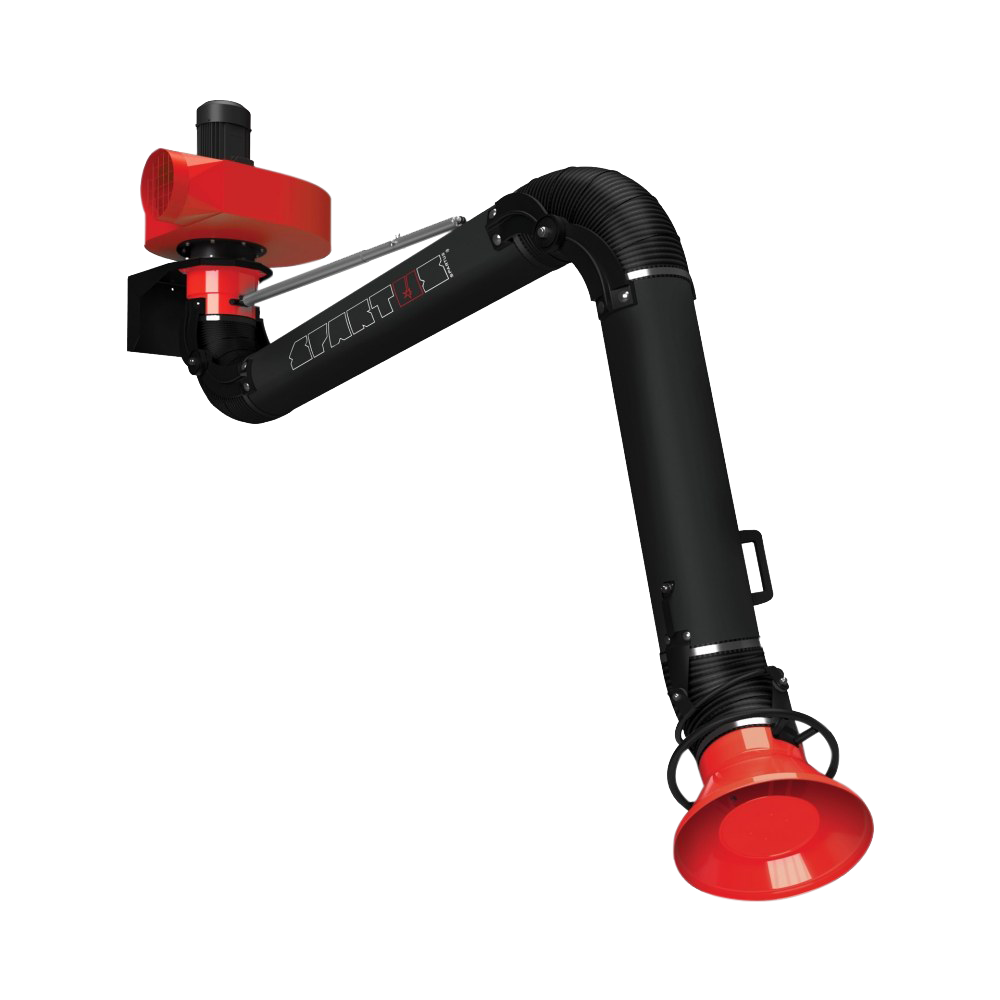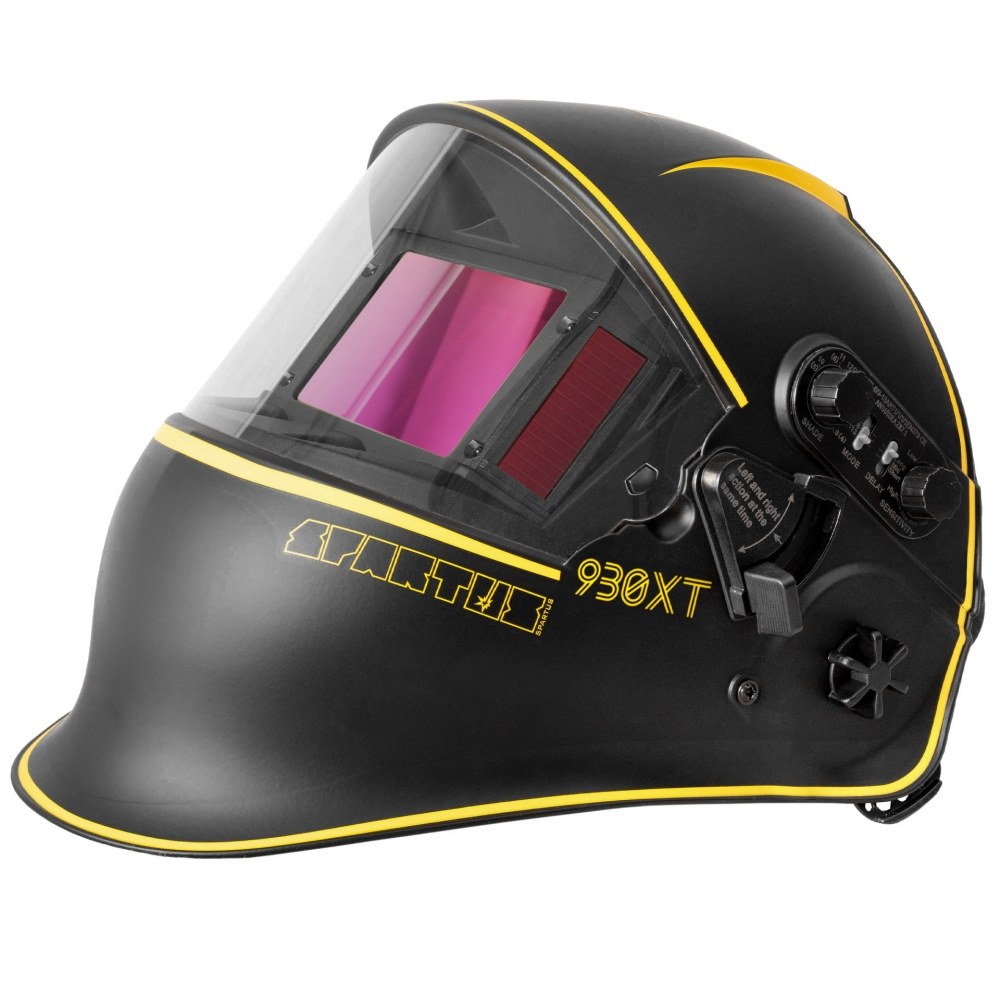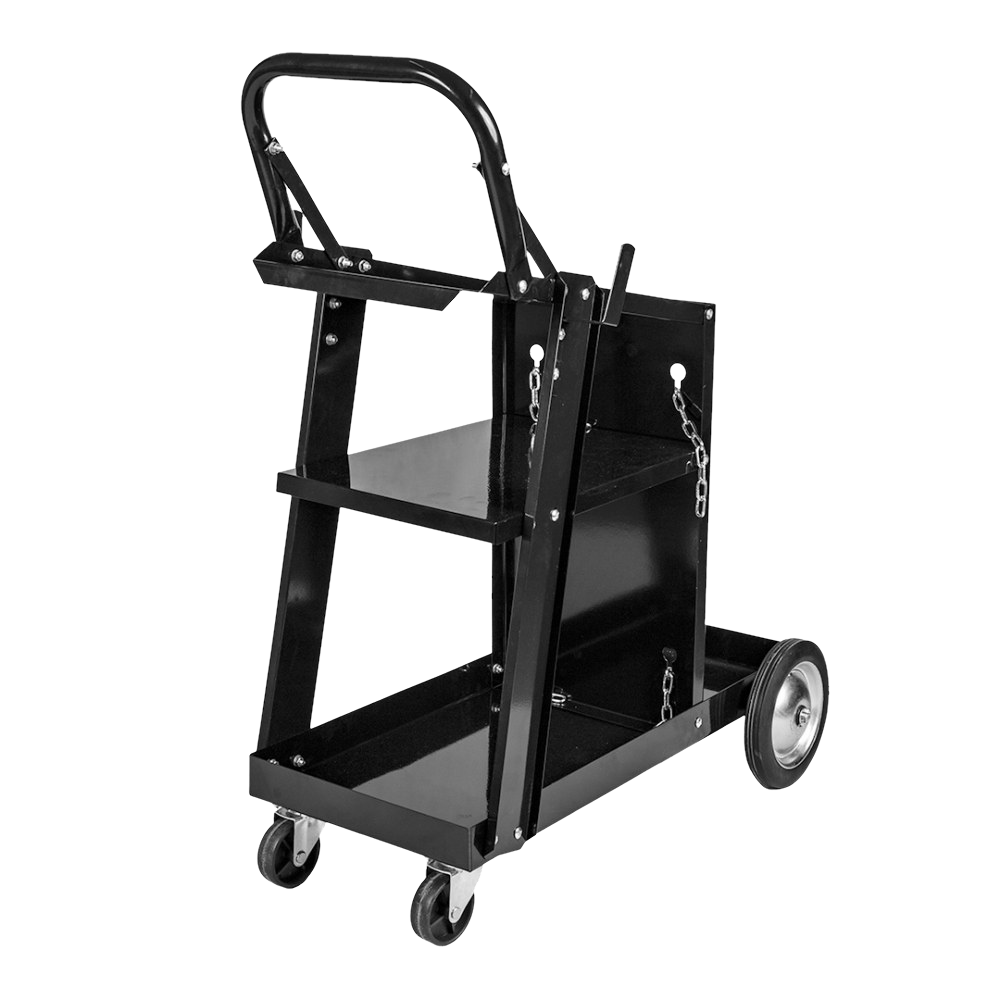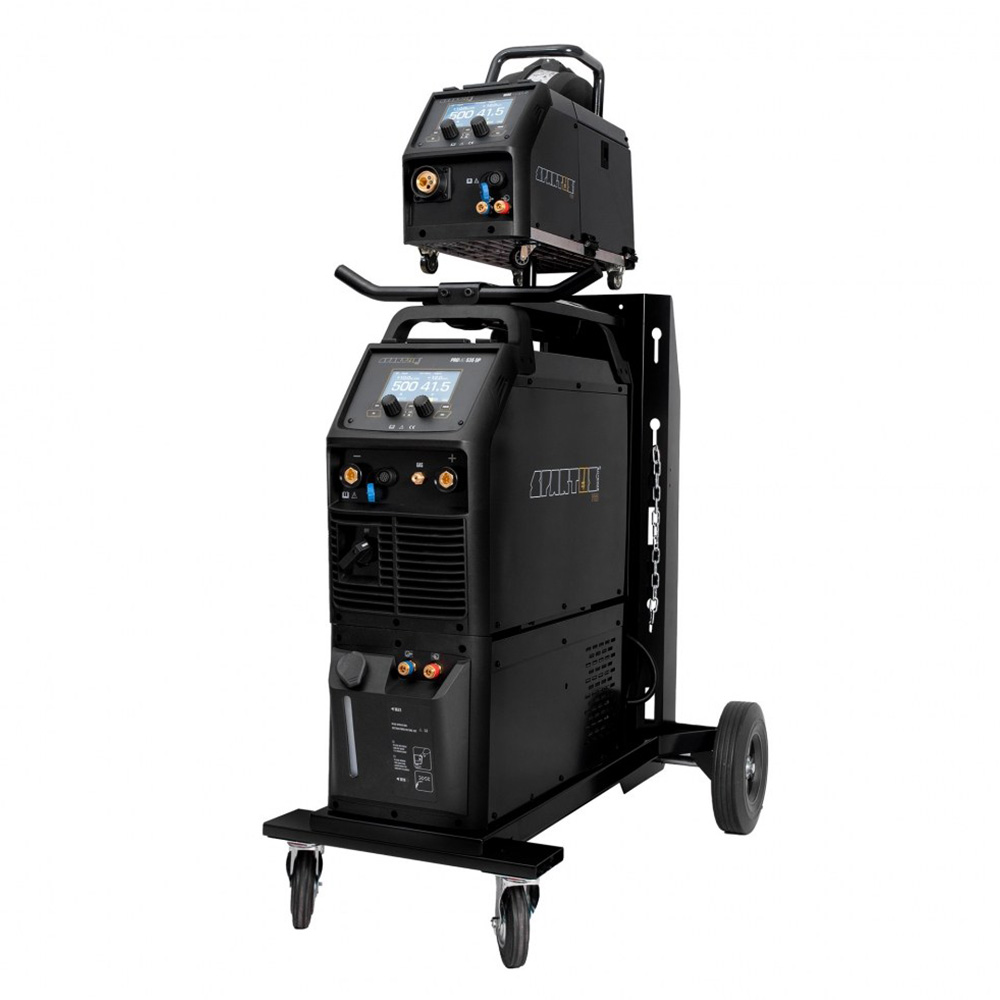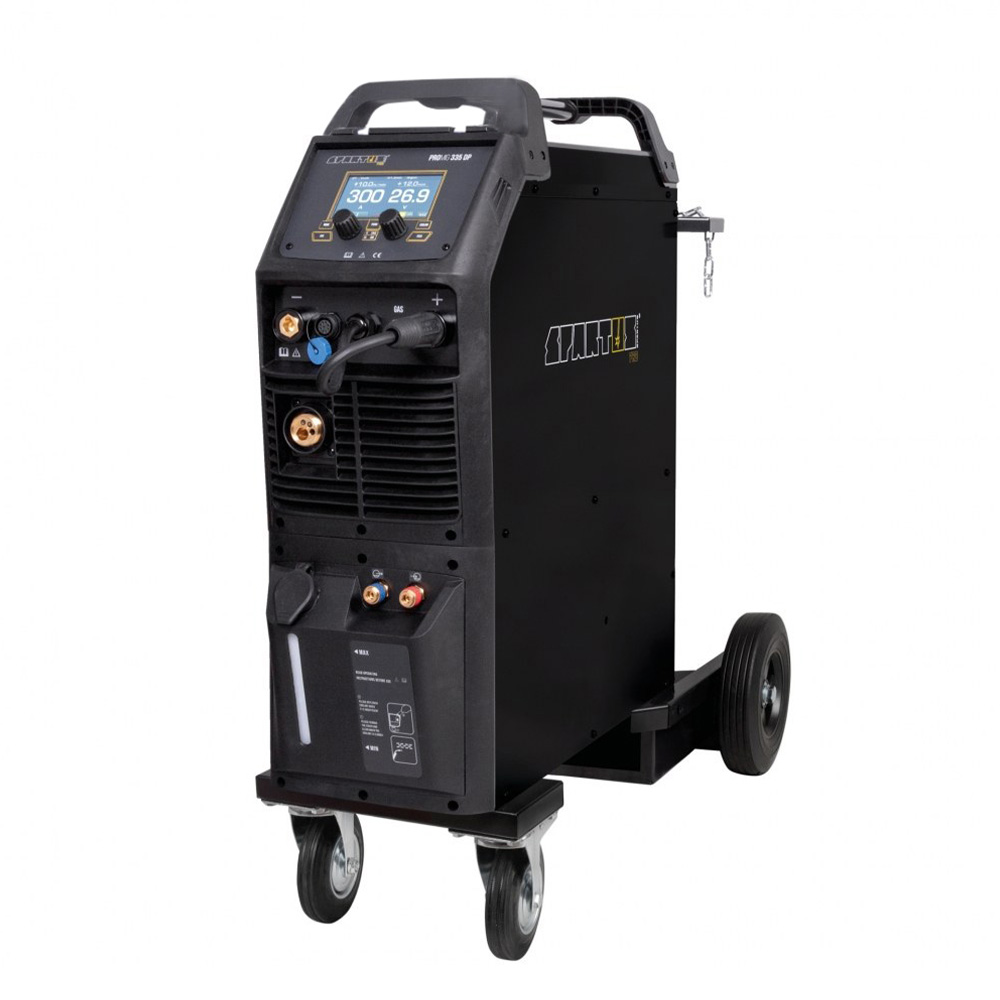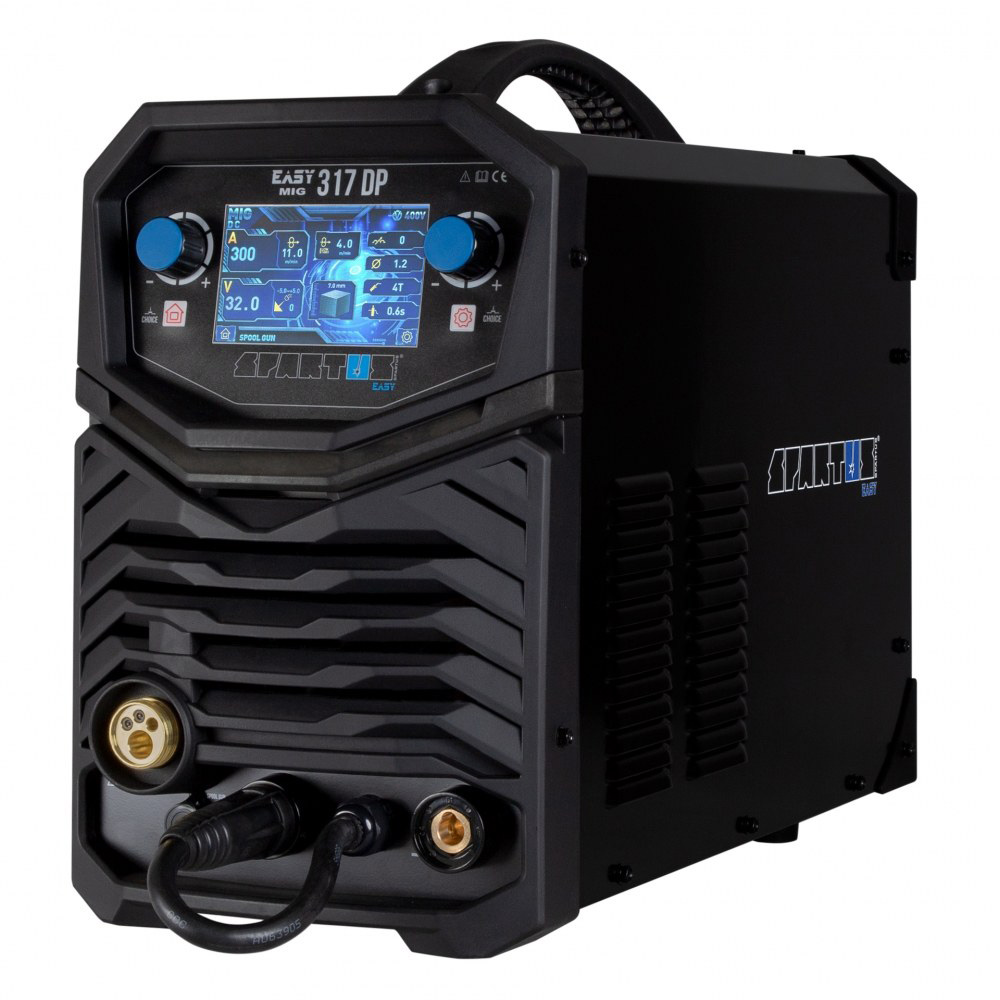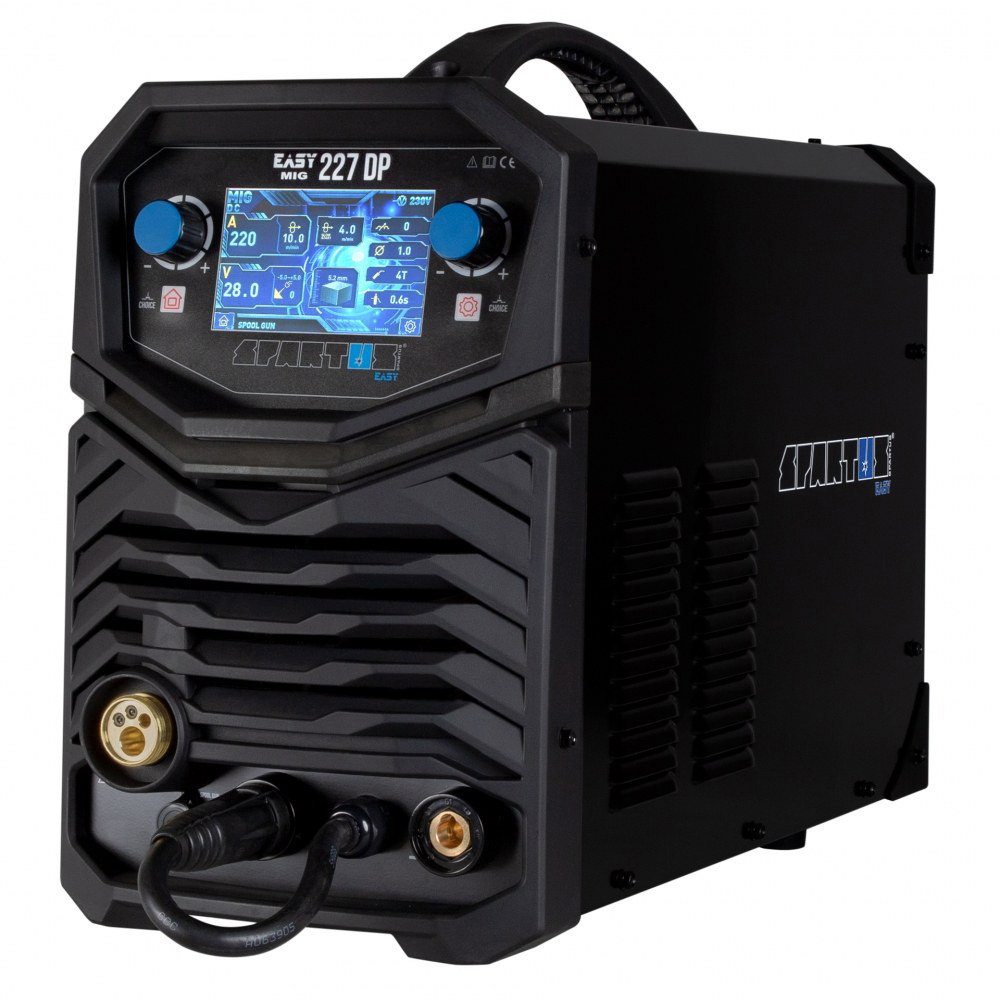Frequently
asked questions
What is the purpose of the pulse function in a MIG/MAG welder?
The pulse function stabilises the arc and reduces the amount of heat introduced into the material. This allows a pulsed MIG/MAG welder to weld thin components with fewer spatter and improved weld aesthetics. Pulse is especially useful for aluminium and stainless steel.
How does pulse differ from the Dual Pulse function in a MIG/MAG welder?
Pulse operates in a single cycle of high and low current, stabilising the arc and improving weld appearance.
Dual Pulse adds a second level of modulation, producing welds that resemble TIG welding — with a characteristic “stack-of-dimes” pattern. The Dual Pulse function significantly reduces distortion and is ideal for aluminium and thin materials requiring maximum control.
Are pulsed MIG/MAG welders better for aluminium than standard models?
Yes. MIG/MAG welders equipped with Pulse and Dual Pulse offer major advantages when welding aluminium thanks to reduced heat input and the ability to achieve highly aesthetic welds. Less spatter and easier arc control make pulse the best choice for precise aluminium welding.
Is a pulsed MIG/MAG welder suitable for workshop use?
Yes. Although Pulse and Dual Pulse are professional functions, they also perform excellently in workshops—especially where thin car body elements, aluminium structures, or stainless steel are welded. SPARTUS pulsed MIG/MAG welders offer synergic modes, making them easy to use even for less experienced users.




